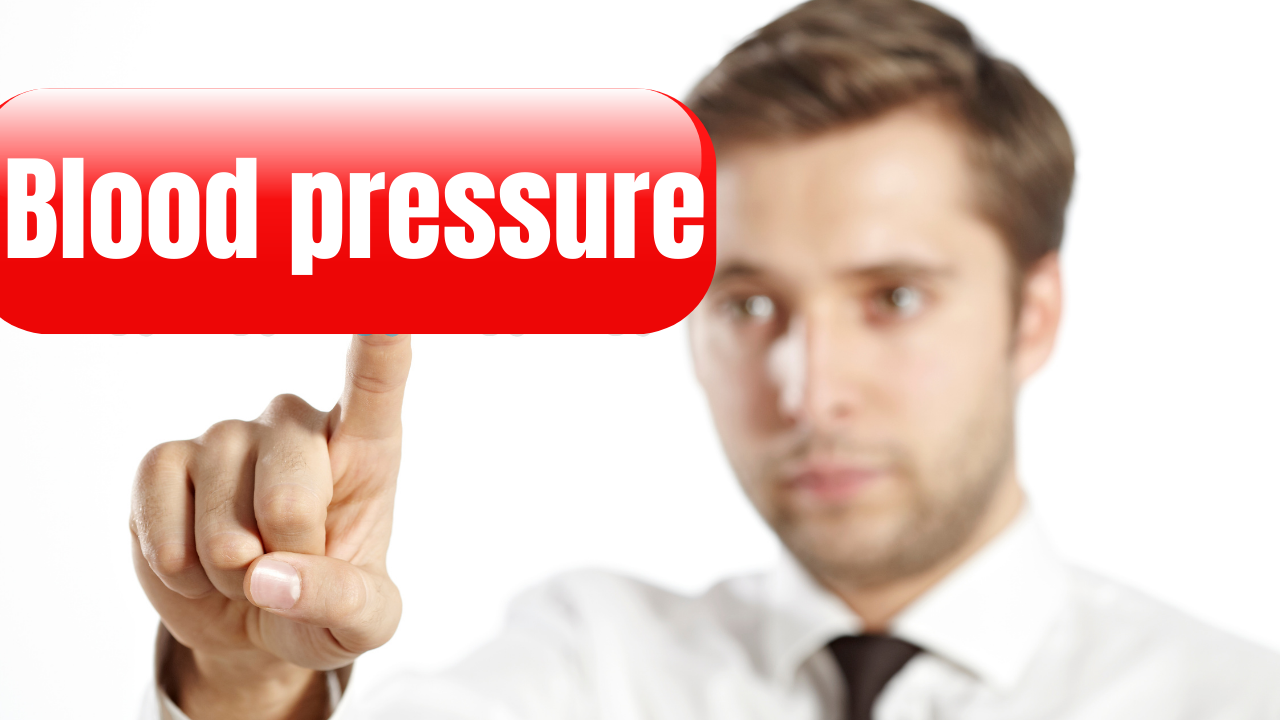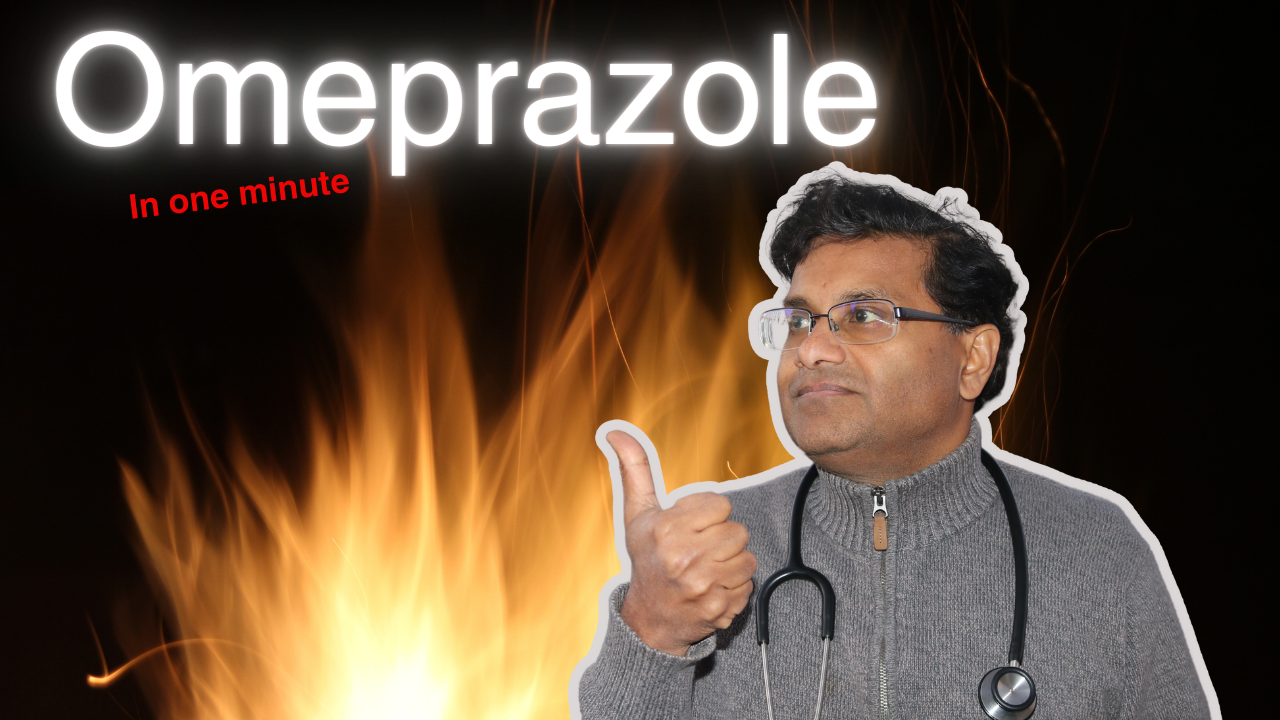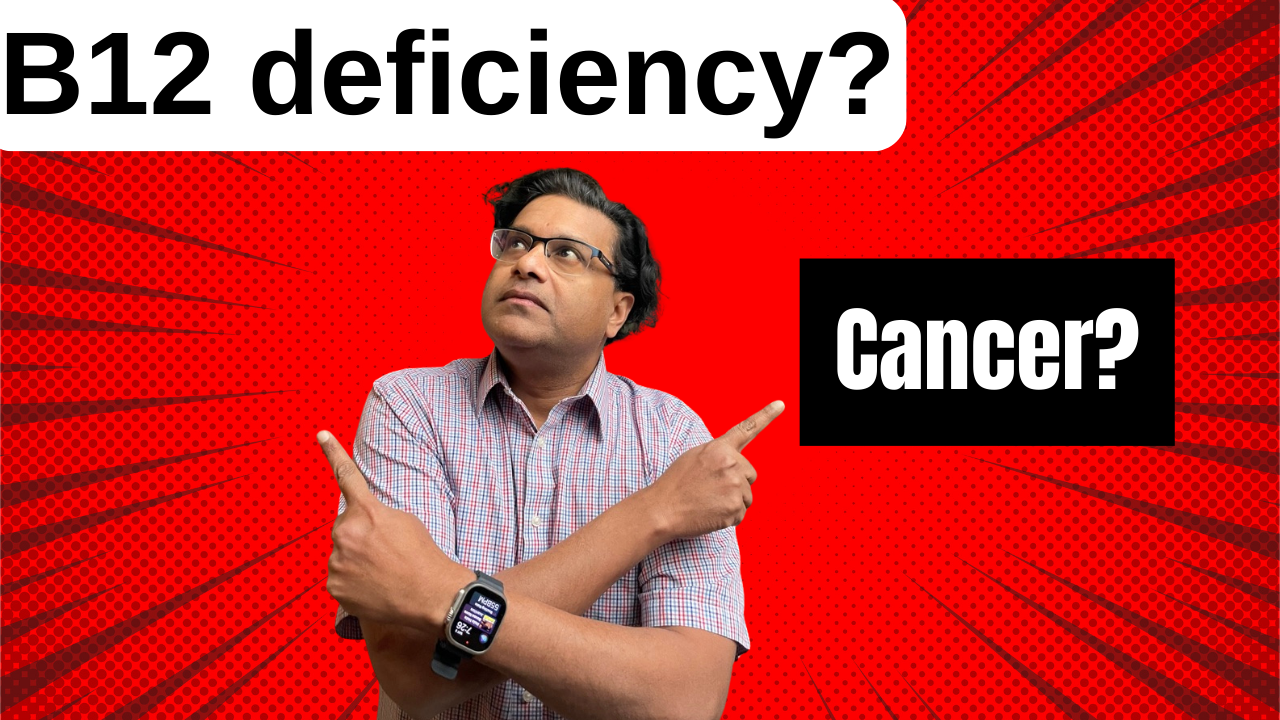Does take you a long time to urinate?
Do you have to strain while peeing?
What is your prostate?
The prostate is an organ located between the bladder and the penis. In fact, the prostate is just in front of the rectum. Urethra runs through the center of the prostate and in this way, urine can flow out of the bladder through the penis out of your body.
How big is the prostate?
The normal prostate gland measures 3 * 3 * 5 centimeters approximately a volume of 25 ml.
The prostate is the size of a walnut. How big is a in inches: 1.18 x 1.18 x 1.97.
What happens if your prostate becomes too big?
If your prostate becomes too big it places pressure on the bladder as well as the urethra. The urethra as you can see is the little tube which passes urine out of your body. So, your peeing will be affected, and you’ll have difficulty peeing, a week urine stream, may have leaking or dribbling urine, or you’ll be peeing more frequently.
What does it mean when your prostate is too big?
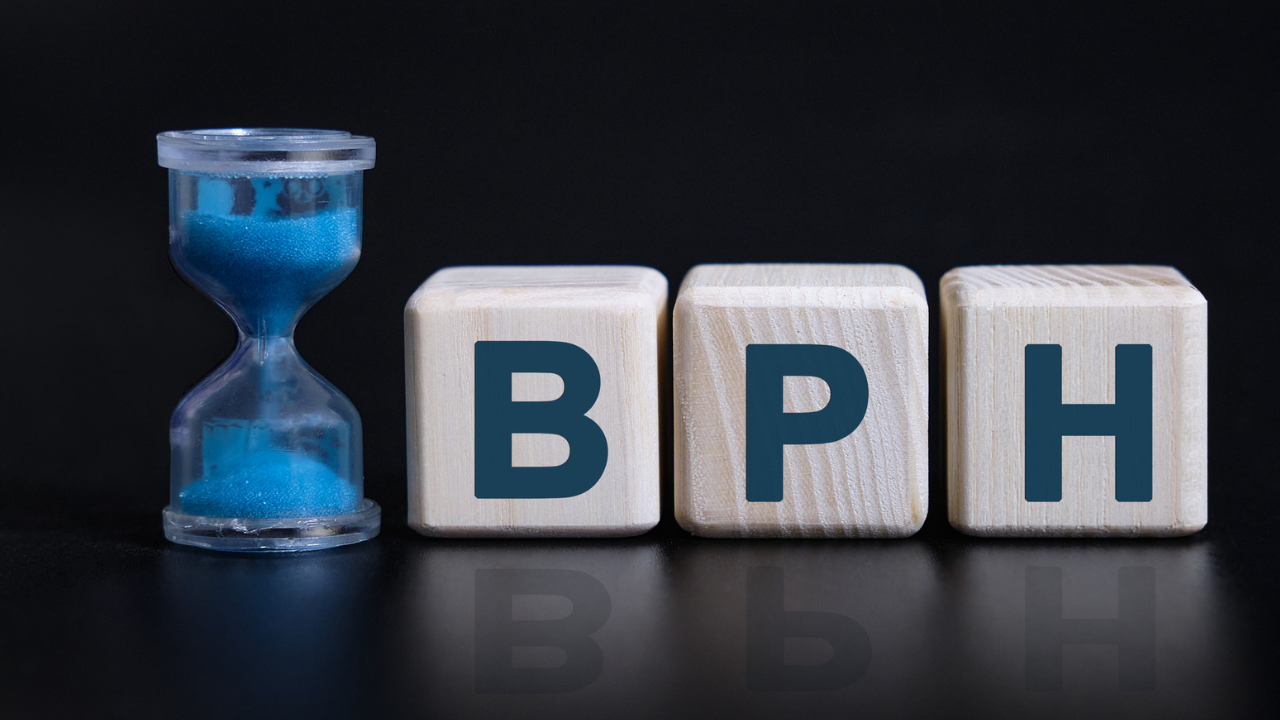
When your prostate becomes enlarged this is called BPH or benign prostatic hyperplasia this happens to men when they get older.
How does an enlarged prostate make you feel?
And enlarged prostate will make you feel uncomfortable especially when you are trying to pee as the flow of urine is interrupted. Common signs and symptoms of an enlarged prostate are frequently urinating especially at nighttime, difficulty initiating urination, a weak urine stream or stream which suddenly stops or starts, dribbling at the end of urination and the feeling that the bladder has not been completely emptied.
Where do you feel pain from an enlarged prostate?
You can have pain in your genital area that would include your penis, your testicles, your rectal area sometimes you might even have radiation of pain to your lower abdomen or your lower back. Some individuals report constipation, that means when you’re trying to poo it can become painful.
What are the most common signs and symptoms of an enlarged prostate:
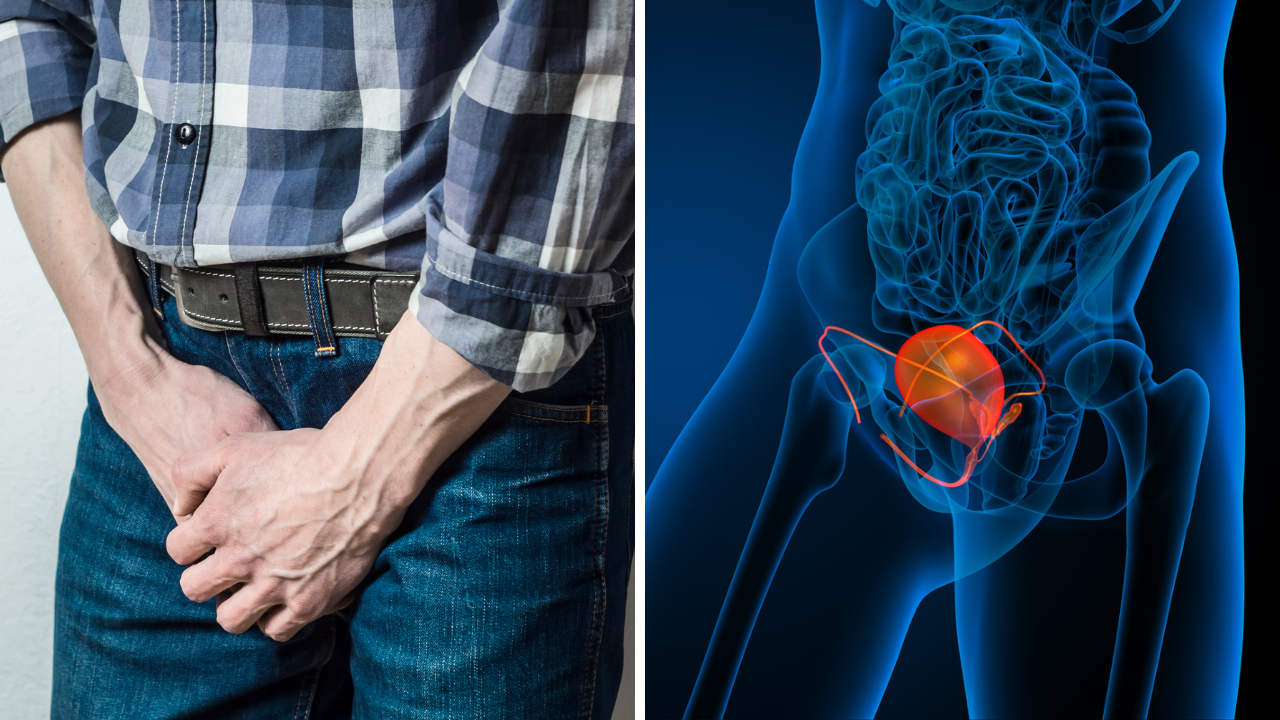
- Nocturia: This just means you need to get up and nighttime to go to the bathroom. This typically happens couple of times at nighttime. As a result, your sleep will get interrupted. Despite going often to the bathroom your urine volume maybe low.
- Difficulty initiating urination with a weak urine stream: here you have difficulty in starting to pee and when you do pee your urine stream is weak. As you’re trying to maintain a urine stream you tried to strain, and straining is quite common to initiate the urine stream or to maintain your urine stream. Your health care provider might use the word urinary hesitancy.
- Urination is prolonged:If you recall the anatomy the enlarged prostate is pressing on the urethra and in this way when you are trying to maintain your urine flow and stream you end up stopping and starting your urine. It just takes longer for you to urinate. So not only is your urine stream slow, but you your urine flow stops and starts.
- Feeling that your bladder has not completely emptied: this is the feeling you have after peeing that you want to pee again. This is because there is residual urine volume in your bladder and this volume is pushing on your bladder giving you the sensation of trying to pee again. Medically we sometimes use the word encore voiding.
- Daytime frequency: this ties in with the symptoms which I described earlier on in this video when I talked about going to the bathroom at nighttime hear you have the tendency of going to the bathroom multiple times during the day and despite going multiple times urine volumes tend to be low.
- Urinary urgency: This just means that you have an urgency to pass urine and you need to get to the restroom as quickly as possible and it’s difficult to defer. This can happen when you’re getting up from bed or changing your position when you’re lying in bed.
- Urinary incontinence: this can happen when the prostate becomes quite enlarged pressing on the urethra and this can lead to episodes of involuntary leakage.
- Terminal dribble: this is the term health care providers use when you’re trying to urinate and at the end of urination your urine flow slows down to dribble or to a trickle.
- Post urination dribble: this ties in with what I said regarding the aforementioned symptom. Post urination dribble just means that usually after leaving the restroom there is an involuntary loss of urine.
- Dysuria: sometimes you might have the sensation of burning or pain while urinating. You might even describe it as a general discomfort while peeing. This is usually associated with signs and symptoms of a urinary tract infection, but can we also see this with people who have an enlarged prostate.
- Urinary retention: this ties in with what is above, the prostate becomes so large that it presses on the urethra causing an obstruction. This in turns leads to bladder retention and this can sometimes lead to a medical emergency if the retention backs up urine to the ureter and then towards the kidney. This can lead to an acute kidney injury as well as increases the chances of a urinary tract infection and a kidney infection. You might even see blood in the urine.
How will your health care provider diagnose BPH?
Your health care provider or your doctor will take a medical history and perform a physical examination. The work up and testing might include blood tests as well as urine tests. During your physical examination your health care provider may perform a rectal examination to evaluate the size and shape of your prostate gland. The reason your health care provider is doing a urine test is to check for signs of bladder infection or rule out kidney disease. A blood test may include checking the level of prostate specific antigen, PSA for short. The PSA level may be increased with individuals who have benign prostatic hyperplasia. Of note PSA can be also elevated in patients who have prostate cancer, however when this is the case usually the PSA level is disproportionately high.
Another test which can be done is a Urodynamic study. During urodynamic testing your lower urinary tract which would include your bladder, sphincters and urethra are looked at. All these structures play a role in storing urine and releasing urine, so in other words this test will tell your health care provider how well your bladder is holding and emptying urine.
Check the video if you click right here.
Sources:




